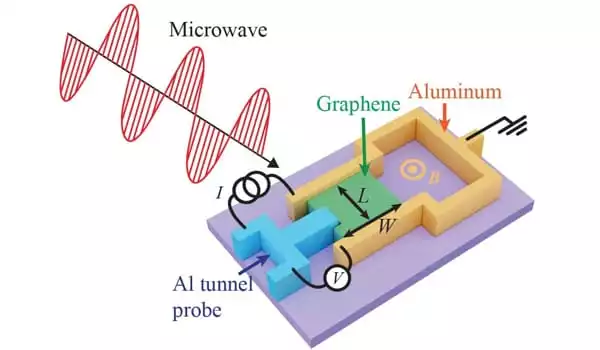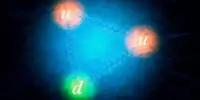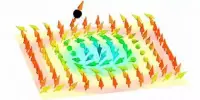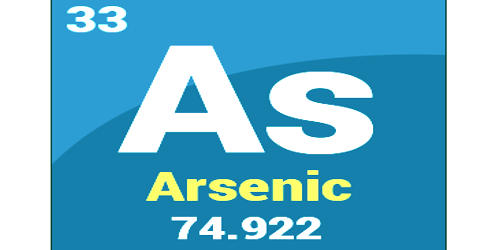Quantum science and devices is a research field that uses theoretical computer science, atomic physics, and optics to create novel concepts and hardware for information processing and communications. Since 2005, when the tiniest features of commodity microprocessors surpassed the semi-wavelength of important photons and some transistor components became only a few atoms thick, its practical significance has gradually expanded. These remarkable improvements have not yet been completely recognized by the broader academic community, but they suggest fundamental changes in the design of future electronic computers and communications.
A POSTECH research team led by Professor Gil-Ho Lee and Gil Young Cho (Department of Physics) has developed a platform for controlling and measuring the characteristics of solid materials with light.
The study’s findings were published in the top worldwide academic magazine Nature and were recognized for providing a platform for controlling and measuring the properties of materials in various ways with light.
This study is significant in that we have established a platform that can examine the Floquet state in depth. We plan to further investigate the correlation between properties of light, such as polarization, and the Floquet states.
Gil-Ho Lee and Gil Young Cho
The mobility of electrons within a substance determines its electrical properties. A material is characterized as a metal if electrons can freely pass through it; otherwise, it is an insulator. Generally, heat or pressure, or the addition of impurities, have been employed to modify the electrical characteristics of these materials. This is because the mobility of electrons is affected by changes in the location of the atoms in the solid.
In contrast, the Floquet state has been postulated, in which the original quantum state is duplicated when light is irradiated on matter. Adopting such a paradigm allows for the manipulation of quantum states of matter with light, which can then be utilised efficiently in quantum systems.
Due to the high frequency of light, the light intensity required to realize the Floquet state in materials was huge in prior research. Furthermore, Floquet states are only active for 250 femtoseconds (1 femtosecond is one trillionth of a second). More quantitative research of their properties have been limited due to their ephemeral nature.

For decades, quantum physics has played a critical role in many areas of engineering, fuelling an increasing number of fundamental advances as available devices shrink and individual particles can be accurately manipulated in the lab. Newly observed events are frequently best explained using quantum theory, allowing for the development of novel technologies and applications.
The POSTECH research team achieved the experimental realization of the stable Floquet state in a graphene Josephson junction (GJJ) and by irradiating it with continuous microwaves. The light intensity has been reduced to one trillionth the value of prior studies, considerably lowering heat generation and enabling constantly long-lasting Floquet states.
The researchers also devised a unique superconducting tunneling spectroscopy to measure the Floquet states with great energy resolution. This is required to quantitatively validate the features of the Floquet state, which vary based on the intensity, frequency, and polarization of light delivered to the device.
Close interactions between diverse organizations result in new discoveries. For example, professionals in semiconductor physics and ultrafast optics collaborated to demonstrate information transmission from a classical light field to an electron’s quantum phase. Such discoveries are destined to dominate technology as we reach the end of Moore’s law for device scaling on semiconductor processors. They will also necessitate the development of new techniques for quantum control, circuit optimization, computer architecture, and algorithms that parallel and expand those used in existing computers.
“This study is significant in that we have established a platform that can examine the Floquet state in depth,” said the study’s lead authors, academics Gil-Ho Lee and Gil Young Cho. They added, “We plan to further investigate the correlation between properties of light, such as polarization, and the Floquet states.”















